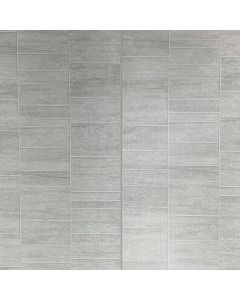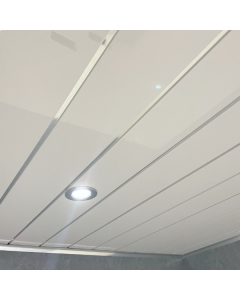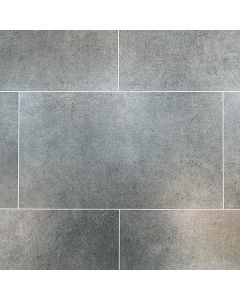Fitting a Shower Pump
Curating your dream bathroom style by assembling your desired décor, bathroom walling, flooring, features, and personal accents is exciting, but without an efficient plumbing system, it’s a non-starter. Many people experience poor shower performance, despite the array of showers available.
The solution? Boost your water supply by installing a shower pump. It’s the most common method of enhancing shower performance, and in this blog, we’ll explain how to fit and maintain a shower pump to rejuvenate your daily hygiene ritual.
How do shower pumps work
Shower pumps work by using two impellers. This means they essentially pump from two separate water supplies: hot and cold. Both are fed from your water tank, mixed together to your specification and will then exit your shower to your desired pressure.
Shower pump considerations
There are many different showers and shower pumps on the market, all of which require different bar pressures (pressure needed to perform at maximum capacity). When it comes to choosing your shower pump, consider the following:
- Location of the cold-water storage tank
- Location of shower in relation to the cold-water tank (i.e. above or below)
- Water temperature – Is the supply balanced? Do you want to boost the hot water, cold water, or both?
Also bear in mind that there are water pressure differences between urban and rural areas, as well as between homes on flat ground and those on a hill.
Cold-water tank
After you have located your tank and determined the water supply, there are few extra points to consider. Firstly, before you install the shower pump, ensure there is enough pressure from the tank to activate the shower pump. For positive head shower pumps, the minimum inlet pressure should be 0.2 bar. You can calculate this by measuring the height from the cold-water tank’s base to where the shower pump will be fitted.
There should also be a minimum height of 25cm between the cold-water tank shower level and the showerhead – this ensures that it will get the 0.6L per minute flow required to activate the shower pump. In terms of capacity, the tank should hold at least 225L to maintain a constant water supply between the shower pump and hot water cylinder.
Types of shower pump
Positive head shower pump
If the showerhead is located below the cold-water tank and achieves a minimum flow rate of 0.6L per minute, you will need a positive head shower pump to boost your shower’s power.
Calculate the flow rate by using a measuring jug and stopwatch – simply measure the volume of water in the jug after 60 seconds.
Negative head shower pump
If the showerhead is level or above the cold-water tank, you will require a negative head shower pump.
How to install a shower pump
Before fitting your shower pump, ensure you situate it where it can be easily accessed, as this will enhance the shower experience and make it easier to clean and service.
You should also ensure that the pump is not obstructed or at risk of being covered, as obstructions can cause the motor to overheat – this is particularly important if you install the pump in an airing cupboard.
Shower pumps should never be exposed to very low temperatures, so ensure the location you are planning to situate it is frost-free.
An enclosed shower pump must be sited at least 60cm away from the shower tray to comply with wiring regulations.
Fitting a shower pump
Fit the pump to the house’s electrical supply from a 230v switched spur off a ring main. Do this by fitting a 2mm full bore isolating vale to the supplying cold-water pipe. Bear in mind that you should always be able to isolate the water supply to and from the pump.
The pipework should be 22mm to reduce flow resistance, and the pump should also be supplied through 22mm pipes – regardless of its connections (15mm or 22mm).
Make sure to use the flexible hoses that come with the shower pump as they are less prone to vibration from the pump, preventing damage and excess noise.
Ensure the pipes are fully flushed before connecting the pump – this prevents debris entering the pump and causing damage.
Once the shower pump has been installed, switch off the electrical supply and rinse the hot and cold sides until the water runs clear – this prevents air being trapped in the shower pump.
























